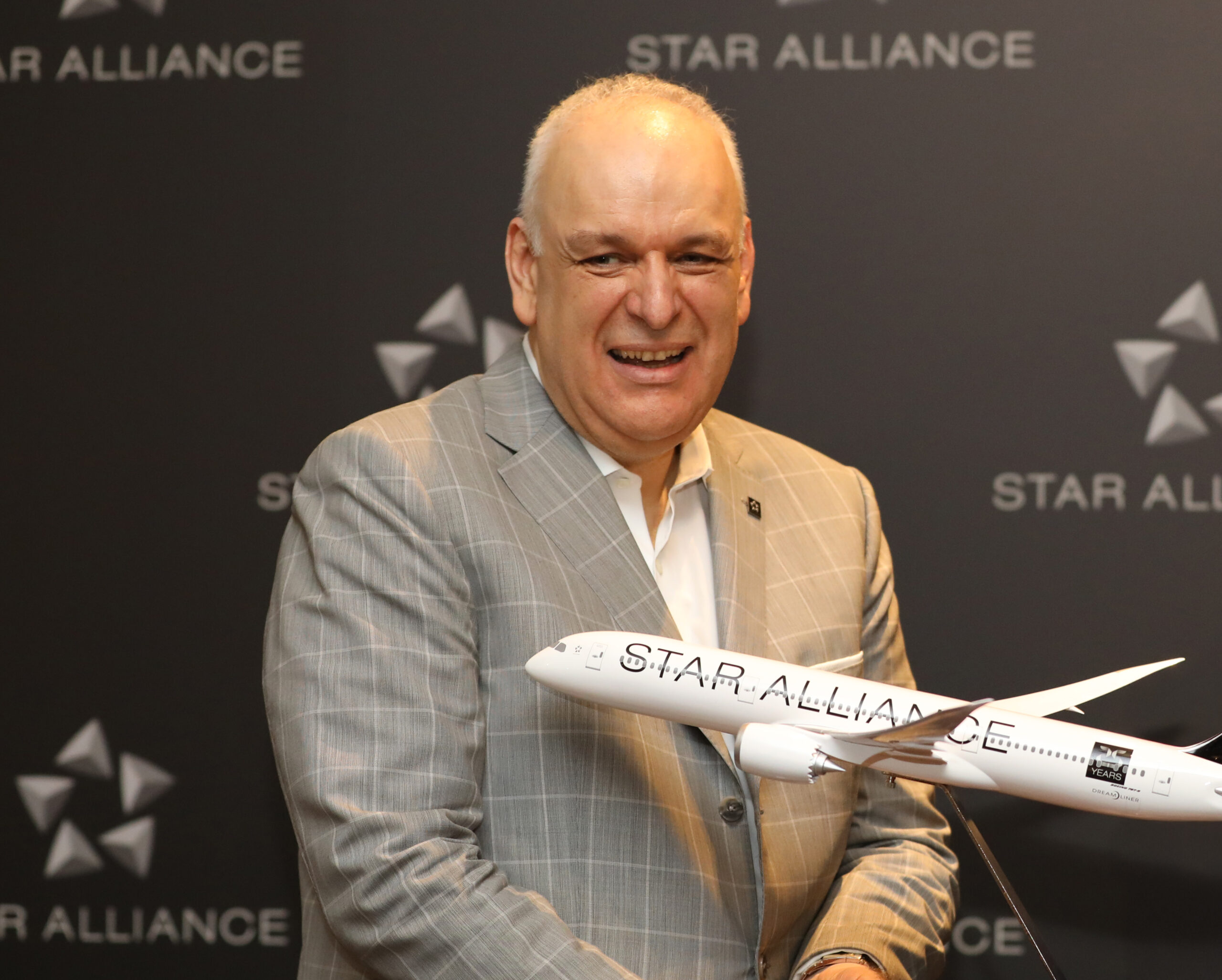Exclusive Interview: Jens Ritter’s Extraordinary Journey from Pilot to Lufthansa CEO
How the German pilot-turned-CEO is improving passenger experiences and transforming the airline with his innovative hands-on approach
May 30, 2024
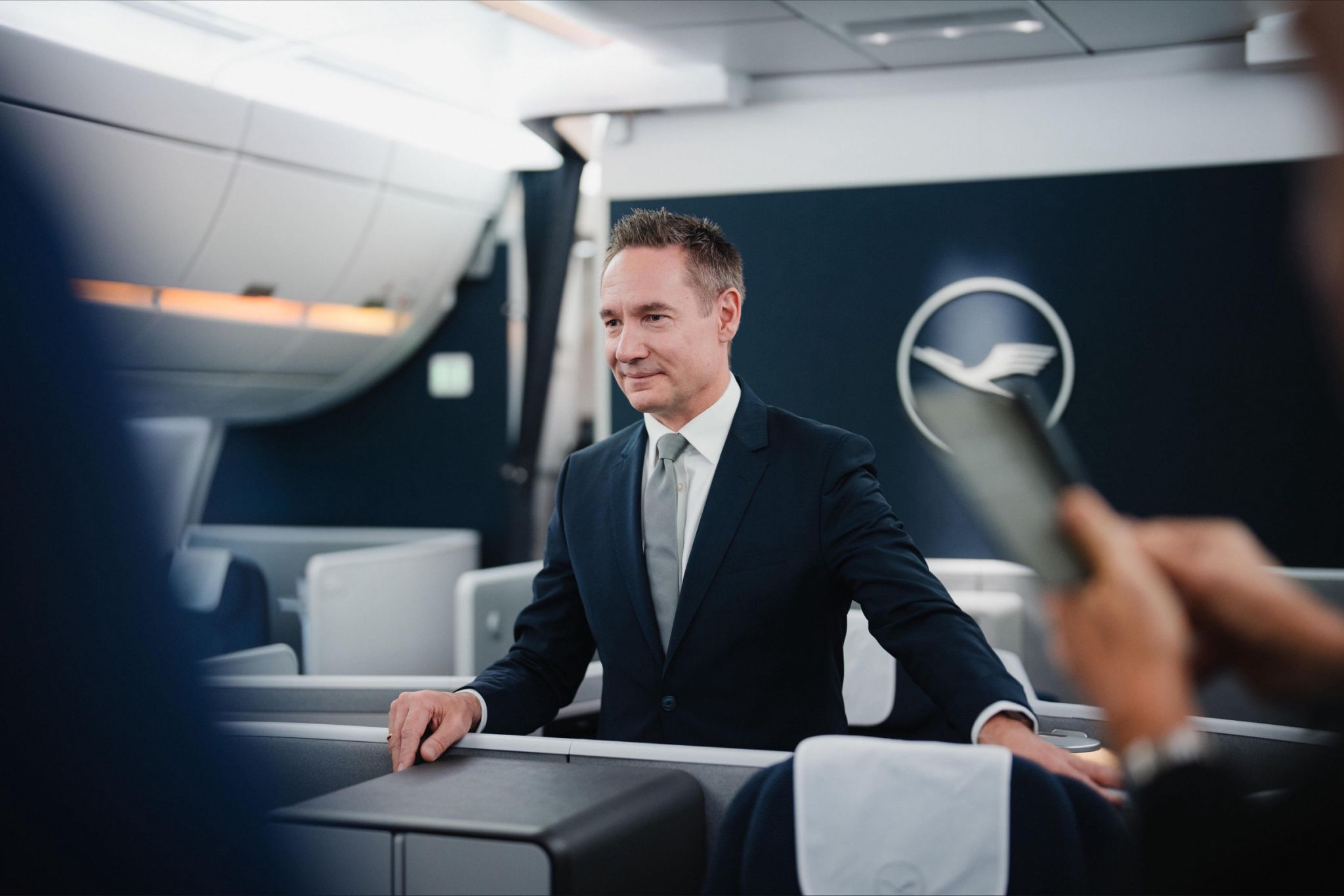
Photo: Courtesy of Jens Ritter / LinkedIn
Jens Ritter’s transition from being a Lufthansa pilot to becoming the Chief Executive Officer of the 10th largest airline in the world, the German flag carrier, is truly inspiring.
Often found in a flight attendant uniform, personally serving meals and beverages on his own airplanes, Ritter’s unique combination of skills allows him to pilot commercial aircraft, work in the passenger cabin, and lead one of the world’s most renowned airlines.
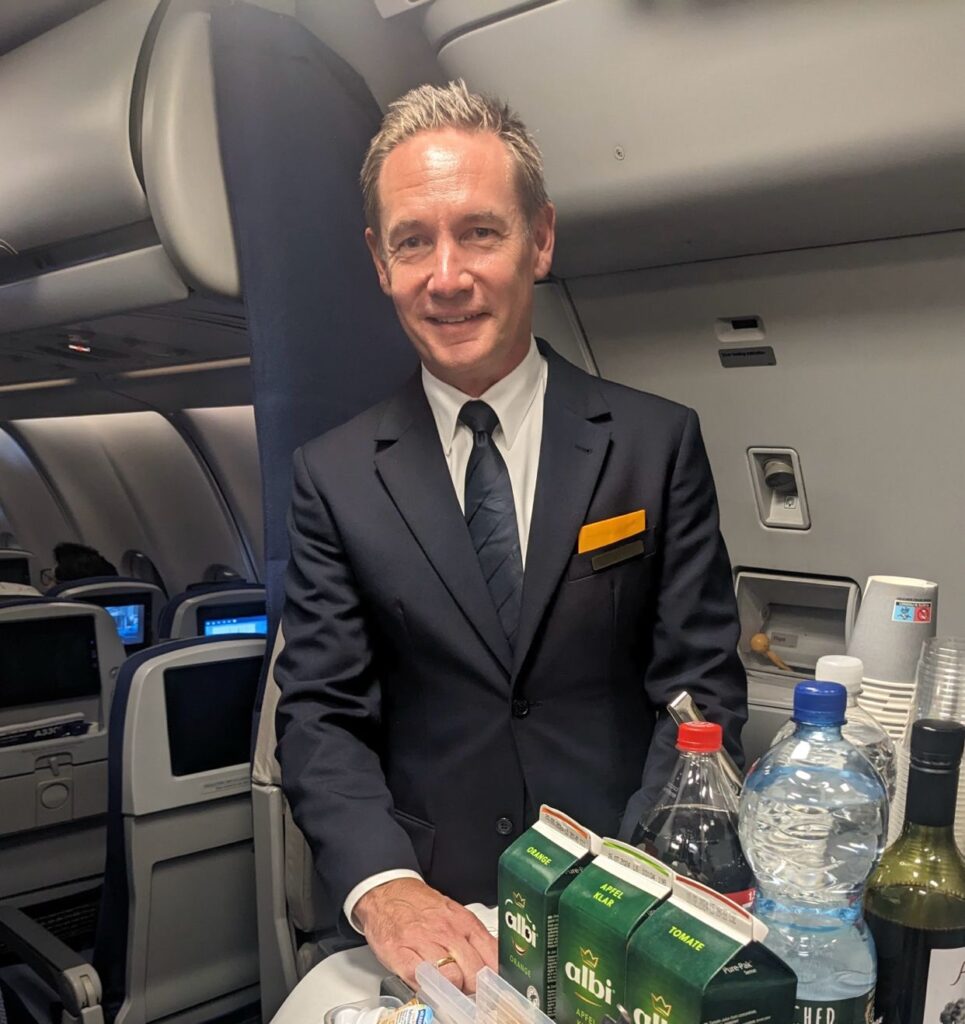
Photo: Lufthansa’s CEO performing as a Flight Attendant. Courtesy of Jens Ritter / LinkedIn
However, Ritter is not the only former pilot in a leadership role at Lufthansa. The Chief Executive Officer of the Lufthansa Group, Carsten Spohr, is also a commercial pilot, which underscores the exceptional leadership within Lufthansa in Germany. Both Spohr and Ritter worked as Airbus A320 pilots. Ritter, however, also flew long-haul journeys as an A330 and A340 pilot.
Today, Spohr oversees the entire Lufthansa Group and is a prominent figure in the industry, while Ritter is the CEO of Lufthansa Airlines, assuming leadership of the group’s most important carrier in 2022.
At 51 years old, Ritter was born in close proximity to Frankfurt Airport, which remains his current base of operations. Ritter epitomizes the service industry, displaying a willingness to undertake a variety of tasks uncommon among other pilots or chief executives.
He repeatedly joined the cabin crew serving passengers, telling Business Traveler: “I try to fly in all classes regularly, both as a passenger and as part of the cabin crew. It was a priority for me as the one in charge of Lufthansa to get to know all classes from a customer perspective.”

Photo: Courtesy of Jens Ritter / LinkedIn
When he was pressed when he last flew long-haul in Economy Class on his airline, his answer came promptly: “A year ago, I did a product experience flight from Frankfurt to Singapore and on the return flew in Economy.” Few leaders of major carriers would expose themselves to a twelve-hour flight in economy class.
Game-Changing Lufthansa
May 1, 2024, was an important date for Ritter, as after delays of about four years, Lufthansa’s new Allegris long-haul cabin product finally saw its inaugural flight from Munich to Vancouver.
“That was a great feeling after we waited for it for so many years,” gushed Ritter, “when I got up today, I was excited; it was so motivating.”
His Group CEO colleague Carsten Spohr even went as far as to declare this a “game-changing event in the history of Lufthansa.” But Jens Ritter puts it more modestly: “It’s a kick in the right direction.”
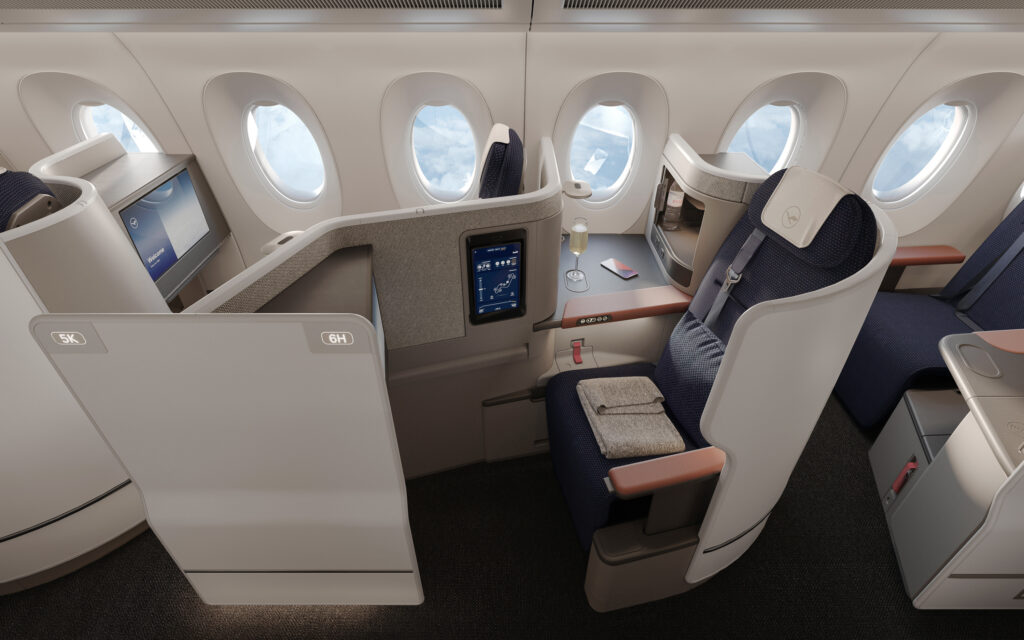
Photo: Allegris Business Class. Courtesy of Lufthansa
Currently, Lufthansa has a hugely outdated long-haul Business Class product: Six narrow lie-flat seats side-by-side per row, offering almost no privacy and no aisle access from windows.
While the late introduction of Allegris—originally announced in 2017—was partly caused by the pandemic and the Boeing 777-9 delivery woes (Lufthansa is a launch customer for 20 of the aircraft), long-time customers know fairly well that the German flag carrier is always among the last to introduce products that have become industry standard by then.
British Airways, for instance, introduced its first full-flat seat in Club World (Business Class) in 2000, while Lufthansa didn’t equip its fleet with a comparable product until 2014, which is still in use today.
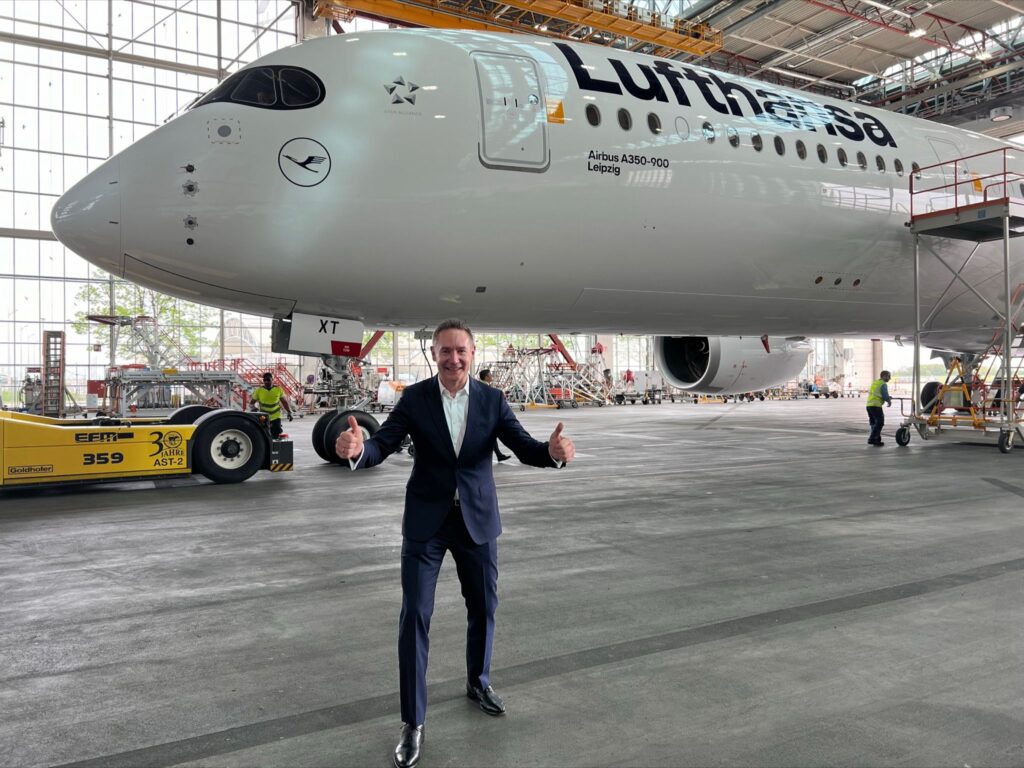
Photo: Courtesy of Jens Ritter / LinkedIn
Oddly, Ritter denies Lufthansa’s being constantly late to the game. “I don’t think it takes us longer. Surely, there are other airlines that simply install standard seats; they might be quicker. But compared to competing big hub airlines, we are ranked somewhere in the middle”, says the CEO.
Insiders, however, confirm the painfully slow process: “Lufthansa always wants to create something new, special, different, and then can’t decide; there’s always a clash between the logics of operations and ideas of creatives,” a former Lufthansa executive tells Business Traveler.
While Allegris is surely a game changer, which still will be only rolled out on 90 percent of all 117 jets earmarked for it by late 2028, Lufthansa, for the first time, spearheads an industry innovation: Putting in five physically different seats plus two sub-categories in Business Class, selling them at distinct premiums.
How are customers going to deal with this dazzling array of choices? “I am convinced that the advantages of the individual product will outweigh its possible complexities by far,” states Ritter.

Photo: Courtesy of Jens Ritter / LinkedIn
Will the competition copy this new level of unbundling? “We leave it to them, but we know all well that they will thoroughly look at us and how Allegris will succeed on the market, but we are very self-conscious,” stresses the CEO.
And then Allegris is far more than a vastly differentiated Business Class. Besides encompassing four lavish First Class Suites (coming from October, if all goes well) and a markedly enhanced Premium Economy Class product, overall service offerings will be enhanced in premium classes.
“We will develop an individual Allegris on-demand service; with it, customers can order their meals at any time of the flight rather than having them all served at fixed intervals. As soon as we have enough aircraft fitted out, we will launch that by fall 2025,” announces Ritter.
It’s not unlike United’s comprehensive Polaris makeover, as Allegris will also entail a new lounge concept which will see 50 Lufthansa-branded lounges worldwide being remodeled within three years, starting at its hubs in Frankfurt and Munich from 2026.
Growing the Portfolio
Now that Allegris is finally underway, one of Lufthansa’s focuses is on enlarging its group portfolio. Besides Lufthansa, Eurowings, SWISS, Austrian Airlines, and Brussels Airlines, Italy’s ITA Airways might soon fly under the German umbrella if European competition watchdogs give it a final green light after concessions.
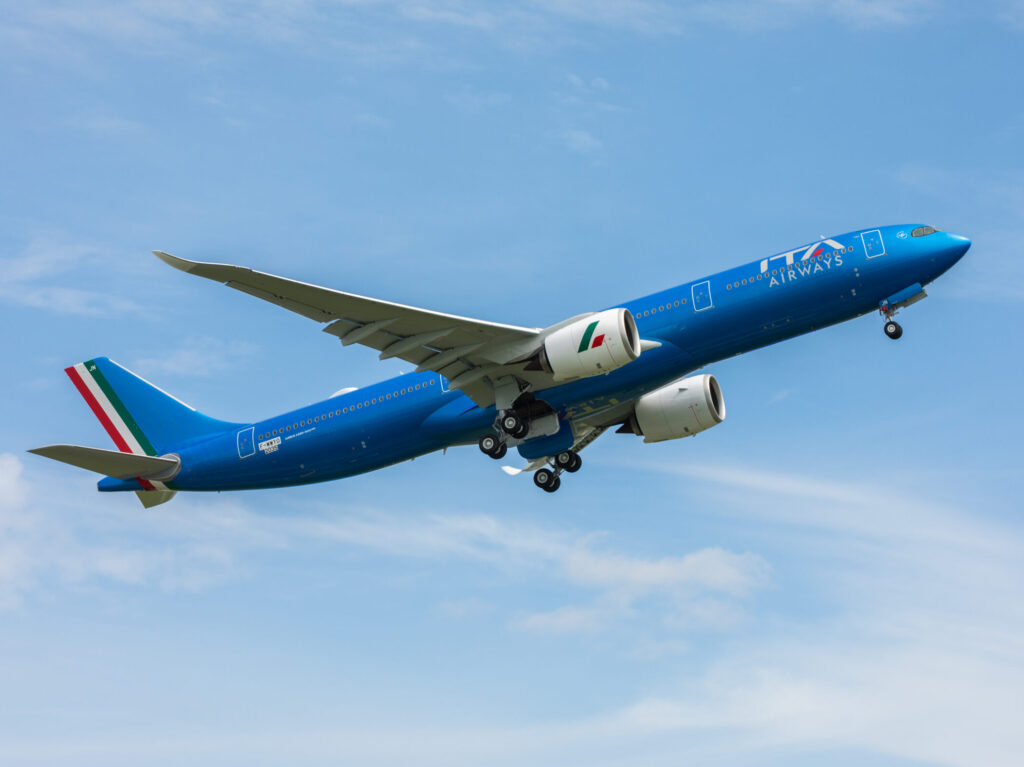
Photo: ITA Airways, Airbus A330-900neo. Courtesy of ITA Airways.
“Italy is one of our biggest markets in Europe; over 30 percent of our guests in Munich connect to Italy; for Germans, it is our second-biggest destination,” Ritter describes the big potential.
“And ITA, with the power of long-haul and its Rome hub, will be a big gain for Lufthansa Group. We are very optimistic,” says Jens Ritter.
“I think we can create very good synergies for Europe, ITA, and Lufthansa, that’s why.”


